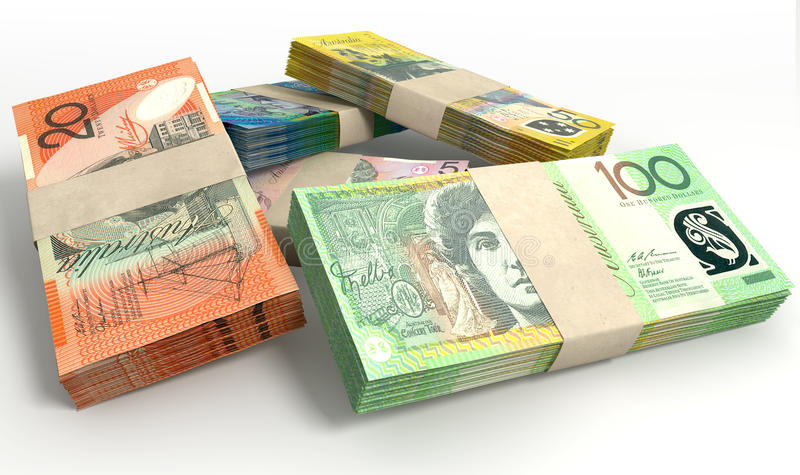Australian dollar falls despite higher than expected Chinese inflation figures.
Despite China’s positive inflation data issued on Friday, the Australian Dollar (AUD) falls against the US Dollar (USD). Furthermore, the AUDUSD pair rose following Reserve Bank of Australia (RBA) Governor Michele Bullock’s hawkish remarks on Thursday.
China’s CPI grew 0.5% year on year in July, compared to the projected 0.3% and previous 0.2% readings.
China’s Consumer Price Index (CPI) increased 0.5% year on year in July, beating the projected 0.3% and prior 0.2% readings. Meanwhile, the monthly index increased by 0.5%, reversing the prior decrease of 0.2%. Because China and Australia are close trading partners, any changes in the Chinese economy could have an influence on Australian markets.
Governor Bullock emphasized the significance of keeping cautious about inflation risks and signaled a willingness to hike rates if necessary, saying that inflation may not return to the 2-3% target range until late 2025.
The CME FedWatch tool indicates a 100% chance of a 25-basis-point Fed rate decrease in September.
Furthermore, the Australian Dollar rose following the RBA firm decision to retain the cash rate at 4.35% on Tuesday.
The US dollar retraced its recent gains as the Federal Reserve (Fed) is largely expected to decrease interest rates in September.
According to the CME FedWatch tool, markets have fully priced in the Fed’s quarter-basis point interest rate drop in September.
Daily Market Movers: Australian Dollar Struggles Despite the hawkish RBA.
Westpac has modified its RBA prediction, now projecting that the first rate cut will take place in February 2025, rather than November 2024. They also increased their terminal rate projection to 3.35% from the prior 3.10%. The RBA is now seen as more cautious, requiring more evidence before considering rate reduction.
On Thursday, Kansas City Fed President Jeffrey Schmid suggested that lowering monetary policy may be “appropriate” if inflation remains low. Schmid stated that current Fed policy is “not that restrictive” and that, while the Fed is near to its 2% inflation target, it has not yet fully accomplished it, according to Reuters.
US Initial Jobless Claims declined to 233,000 for the week ending August 2, falling below the Market expectation is 240,000. This fall comes after an upwardly revised total of 250,000 for the previous week, the highest in a year.
China’s trade balance recorded a surplus of 84.65 billion in July, falling short of the expected 99.0 billion and the previously reported 99.05 billion. Exports (YoY) came in at 7.0%, compared to 9.7% projected and 8.6% earlier. Meanwhile, imports grew 7.2% year on year, compared to 3.5% predicted, following a 2.3% fall the previous year.
AiG Australian Industry Index contracted somewhat less in July.
The AiG Australian Industry Index contracted somewhat less in July, falling to -20.7 from -25.6 the previous month. Despite this improvement, the index has shown contraction for the past twenty-seven months.
On Wednesday, Treasurer Jim Chalmers disputed the RBA’s opinion that the economy remains too robust and huge Macrobusiness reports that government budgets are leading to prolonged inflation.
On Tuesday, RBA Governor Michele Bullock stated that the board seriously considered raising the cash rate from 4.35% to 4.6% due to persistent concerns about excess demand in the economy. Furthermore, RBA Chief Economist Sarah Hunter stated on Wednesday that the Australian economy is functioning better than expected.
https://voiceoftraders.com/analysis/japanese-yen-lost-value-due-to-heightened-market-volatility









